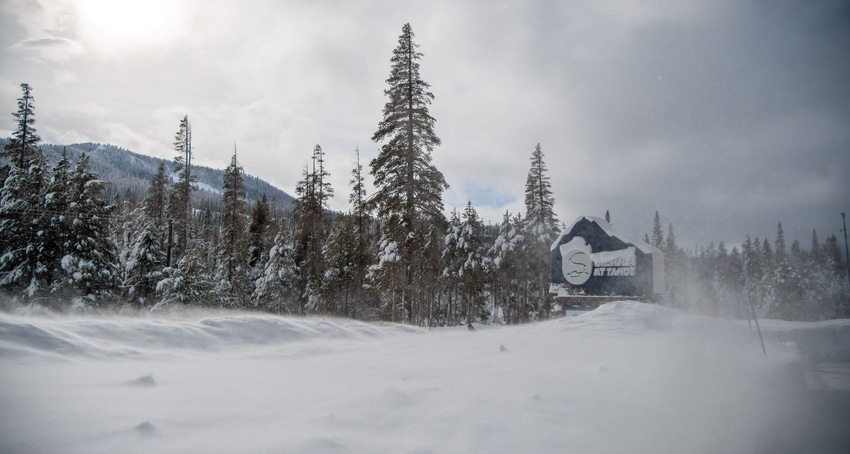
Early-season storms that dumped copious amounts of snow on Western mountain peaks shouldn’t discourage growers from obtaining appropriate levels of insurance coverage in case of drought-related crop losses, industry representatives say.
Farms are making decisions now on the coverages they think they’ll need this year, and weather could be a factor in their choices, said John Wienstroer, NAU Country Insurance Co.’s senior vice president of operations for the Western region.
Multiple-peril crop insurance, which is federally backed, provides coverage for issues related to drought, excessive moisture, frost, freezes and even smoke taint in grapes, he noted.
“When it comes to crop insurance as a risk management tool, (growers) just have to look at their operations and make sure they have the right level of coverage for their operations,” Wienstroer told Farm Press. “You never know what mother nature is going to bring.”
Related: Manual survey finds 202% of normal snowpack
NAU Country is one of more than a half-dozen companies writing crop insurance in California; others include AgriSomp North America, Farmers Mutual Hail Insurance Co. of Iowa, Global Ag Insurance Services, Great American Insurance Co., Hudson Crop Insurance Co., ProAg, Rain and Hail LLC, and Rural Community Insurance Services, according to National Crop Insurance Services, a nonprofit trade group. There are 13 USDA-approved crop insurance providers nationwide, according to NCIS.
In 2020, crop insurance protected 8.9 million acres providing $9.5 billion in liability protection in California, with insurers paying out $571.8 million for crop losses, according to NCIS. Private crop-hail insurance provided another $26.8 million in liability to protect California crops in 2020, the organization reports. Nearly $1.4 billion was paid out throughout the West that year.
Storms provide a boost
Signups for this year come as “atmospheric river” storms in October and December have given California 147% of its average statewide snowpack for this time of year, while Oregon is at more than 120% of normal and much of Western Washington is near normal. But California’s snow-water equivalent is still only 57% of its April 1 average, which is considered the peak of snow accumulation.
The State Water Project predicted in December that it will deliver no agricultural water to its 29 contracting agencies in 2022, and regulators said the state would need significantly above-average precipitation throughout the winter for that allocation to change. As for the water year’s fast start, officials say California has experienced wet Decembers before only to have storms disappear for the remainder of the season.
Lake Oroville, the SWP’s main reservoir, and Shasta Lake, the largest reservoir for the federal Central Valley Project, were still at only 40% and 30% of capacity, respectively, as of Jan. 4, according to the state Department of Water Resources.
Among the commodities hardest hit by drought-related losses last year were almonds and wine grapes, as the coastal region north of San Francisco “did not get the moisture through the winter months that they normally do,” Wienstroer said. “That left the ground pretty dry as the vines came into production.
“Even though they were irrigating like crazy, it’s not the same,” he said. “They went into conservation mode, and growers did about half of what they normally do.”
For a USDA primer on crop insurance and drought-damaged crops, click here.
About the Author(s)
You May Also Like






